This week I taught a lesson on the literary element of character. I was feeling experimental. So I tried out a few different things.
I’ve realized I don’t really like writing on the board and talking at the same time. Never mind the fact that it’s a very inefficient way of communicating, it just feels rude. So I made a short powerpoint. It worked really well except that the projector is quite old and at face level by the end of the lesson I was boiling hot from the fan blowing hot air at me. I’ll troubleshoot that for next time.
Throughout the powerpoint portion of the lesson I asked questions and had the students think of examples. During our discussion of protagonist and antagonist, a student asked if the protagonist always had to be a “good guy”. This led us to and interesting talk about anti-heros and how a protagonist could switch to an antagonist. The students gave plenty of example and it was dynamic discussion.
I found that when I asked for an example of each type of character every student wanted to give their example. This has been a pattern in the class. However, it would take up too much time to allow everyone a chance to share their example with the class. This bothered me because I didn’t want to squash their enthusiasm for their answer. After taking a few examples I had the idea to have them share with the person next to them. This seemed to work pretty well. The room became quite loud and I only gave them a minute to share. Both time efficient and everyone had chance to share. I used this strategy again when we were discussion character traits. I extended by allowing them to share with one other person because I really wanted them to have lots of characteristic words in their minds.
To demonstrate the importance of character to story I had the students discuss with a partner how the story of Cinderella would have been different if Cinderella hadn’t been beautiful (a change in apperance). Then they discussed a change in motivation (what if she hadn’t wanted to get married but had wanted to own her own farm instead?). They really seemed to “get” how changing one thing about a character changes the story after their discussion.
I read the class the first chapter of Sherman Alexie’s The Absolutely True Diary of a Part Time Indian. Their task was a to write a list of 30 things they knew about the character by the end of the reading. At first they thought I was ridiculous and it would be impossible. The challenge kept them on task and engaged during the reading. Afterwards we built a class list of what they had written, popcorn style. Then we worked on a list of implicit characterization. This was great to see what they thought of the main character. A few quiet students surprised me with their insightful answers.
Next, we built a list of the characteristics of Katniss Everdeen from the Hunger Games series together. All but three students had read the book or seen the movie. They came up with all kinds of generalizations and implicit character traits. This activity reinforced one of the main points of the lesson. I pulled names from the popsicle jar to allow everyone to share.
Then I had the class move their desks into four equal islands by way of a brain break. Of course all the boys on one side of the room decided to make an island. So I grabbed the class list and created groups on the fly. This was a carousel activity. Each island had a short reading (three from novels and one wordless picture book) the task was to create a list of what things they knew about the character and put and I or E beside for implicit and explicit. The groups rotated through the islands. The trick was there could be no repeated traits. So after the first group wrote all of the obvious things they had to work harder to for implicit characteristics. The most surprising thing about their lists was that the wordless picture book had the most characteristics both implicit and explicit.
The final activity was a self-assessment form. The form had three headings: 3 things I learned about character, 2 things I still want to know, Give yourself a rating out of five for your contribution to your group and list 2 contributions. I was really happy with the students learning columns.
So, as you might guess this lesson took a long time. I taught from 1:15pm to 2:45pm. Sherry said all of the learning activities were valid and great for the students. However, I realized and she said this probably could have been three lesson. I’m unsure why I over planned so much. Truthfully, I’ve been pretty slammed by life lately and probably just didn’t take the time to think about my class carefully enough.

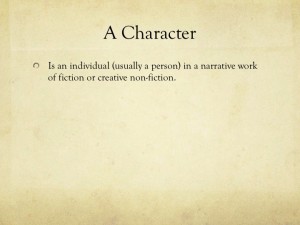
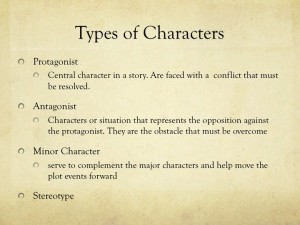
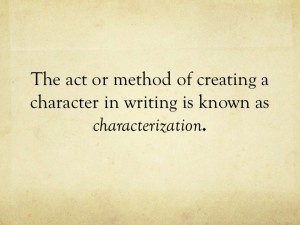
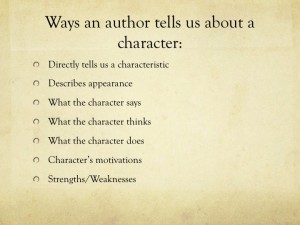
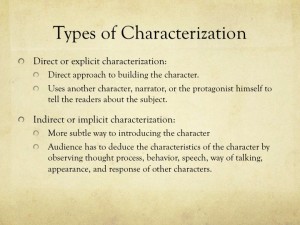
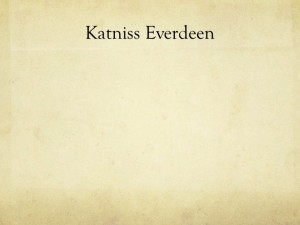
You had multiple strategies that included cooperative learning, visuals, active participation, choice, assessment, story and making real life connections. You may be right in saying that it could have been more than one lesson and parts may have to be reviewed for them to fully incorporate the learning. However, your description of it suggests that it was a really solid, well planned lesson that the students were really engaged in. Great!!!